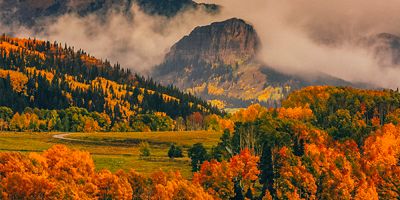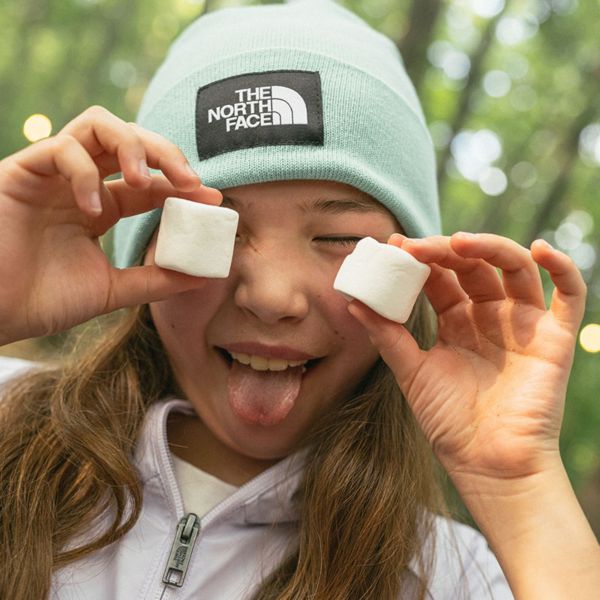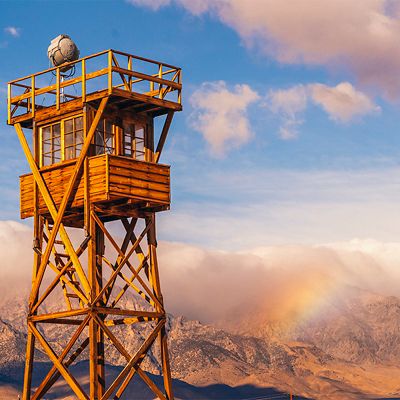Sure, you can drive through a national park and just look at the landscape. But bring your fishing rod, and you’ll actually experience it. Fishing in a national park gives you the opportunity to get deep into the ecosystem and relate to it on a more intimate level. Fortunately, the National Park Service (NPS) seems to agree. While its primary mission is to help preserve these natural wonders, it also works hard to help people enjoy them—and that includes maintaining top-notch angling access at a number of marquee parks. (Note that different parks have different regulations, so check beforehand.)
At the following spots, you’ll be able to take advantage of that convenient access—not to mention thriving fish populations, crystalline water, and some of the most gorgeous backdrops in the NPS system. Here are the five best national parks for fishing.
Yellowstone National Park, WY
Best for: Cutthroat trout, Arctic grayling
Yellowstone is the oldest national park in the country—and also one of the largest, which gives anglers a lot of room to fish. Add to that countless miles of river and more than 100 lakes, and you’ll find no shortage of water to wet your line.
The ancestral home of Crow, Bannock, Shoshone, and other tribes, Yellowstone remains a land of rich resources today. The fish populations here are especially abundant, thanks to the park’s efforts to preserve them. Yellowstone’s prized cutthroat trout have especially benefited from NPS conservation efforts. Look for runs of this native species in tributaries of Yellowstone Lake. Another good bet: The Black Canyon below Yellowstone Lake teems with cutthroat (which are catch-and-release only throughout the park).
Want a fish you can keep for your campfire frying pan? Target invasive lake trout. The park service considers them pests and encourages anglers to catch, keep, and eat them.
Anglers can also keep rainbow, brook, and brown trout in some areas of Yellowstone (make sure to follow possession regulations). Hotspots for these fish include the Firehole River and the Madison River for rainbows and browns. Also be sure to check out Grebe Lake, which carries, believe it or not, Arctic grayling. (Like cutthroat trout, all Arctic grayling are catch-and-release.)
Season
The season is open from the Saturday of Memorial Day weekend through the first Sunday in November (note: many lakes are open longer).
Licenses
For anglers older than 16, a valid Yellowstone National Park fishing license is required (state fishing licenses alone aren’t valid). Both lead tackle and barbed hooks are banned within the park boundaries. More info: nps.gov/yell
Great Smoky Mountains National Park, TN/NC
Best for: Native brook trout
Once the homeland of the Cherokee Nation, Great Smoky Mountains is now the most popular national park in the country—seeing a whopping 11 million visitors annually. The good news? The park’s massive size gobbles up those visitors, so even with those numbers, there’s little chance your fishing line will get tangled up with anyone else’s. Stretching along the Tennessee-North Carolina border, GSMNP is one of the largest parks in the country, and harbors nearly 3,000 miles of rivers and creeks.
Put brook trout high on your list. While the park offers countless fishing options for such species as rainbow trout, brown trout, and smallmouth bass, recent restoration efforts have made it a true refuge for brookies, as well. Adventurous anglers can now find brook trout in many smaller streams in the higher-altitude areas of the park.
Recent conservation efforts have also boosted the park’s brown trout population, with its fishery reopening in 2006 after a 30-year restoration program. Want to keep and cook? You can take home up to five total fish per day—any combination of brook, rainbow, brown, or smallmouth (7-inch minimum)—and up to 20 rock bass.
Season
Fishing season here is year-round, from half an hour before sunrise until half an hour after sundown.
Licenses
Either a Tennessee or North Carolina fishing license will cover you in the park (except for areas in Gatlinburg and Cherokee, which require special permits). There are no licenses for sale within the park itself, so plan ahead. More info: nps.gov/grsm










